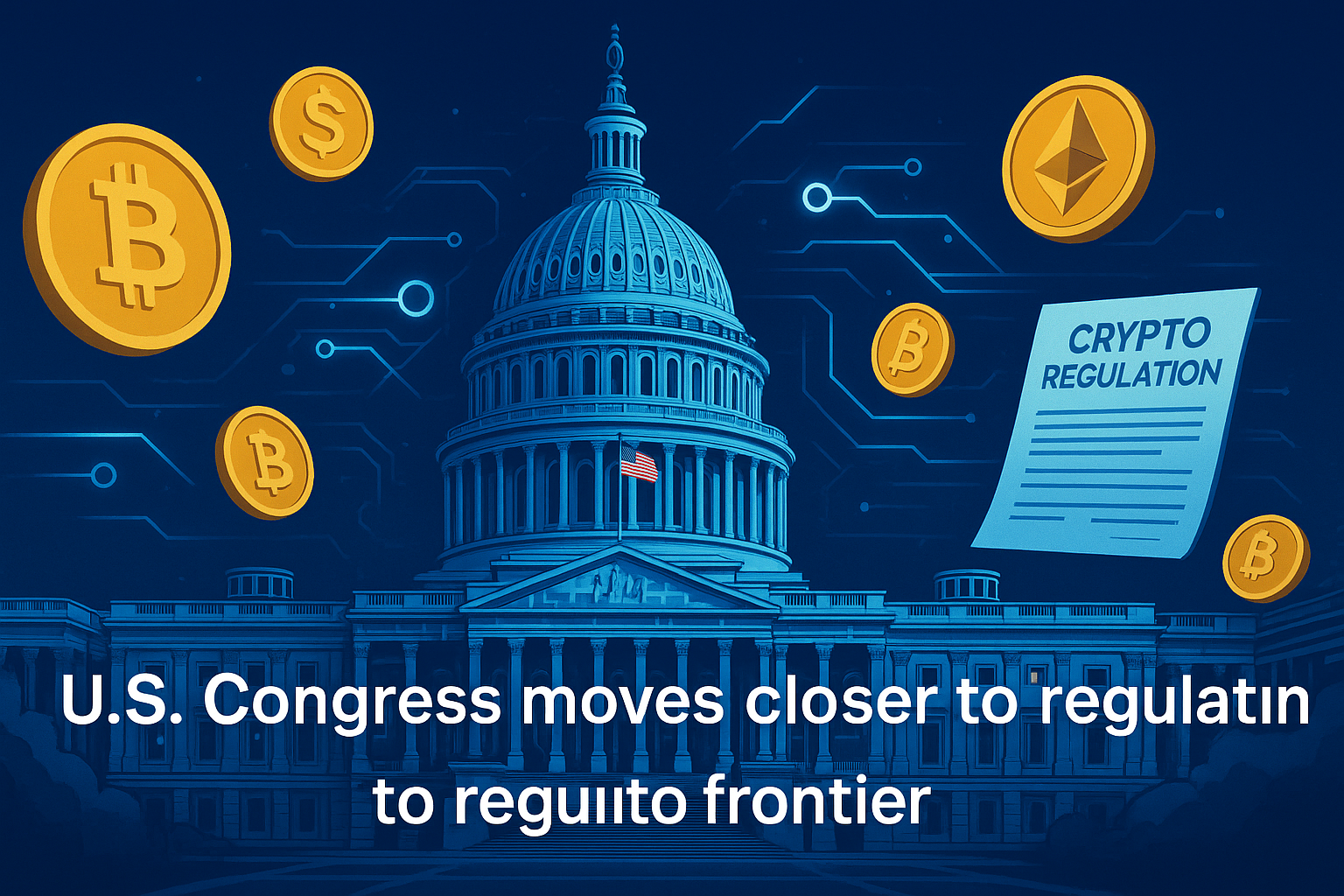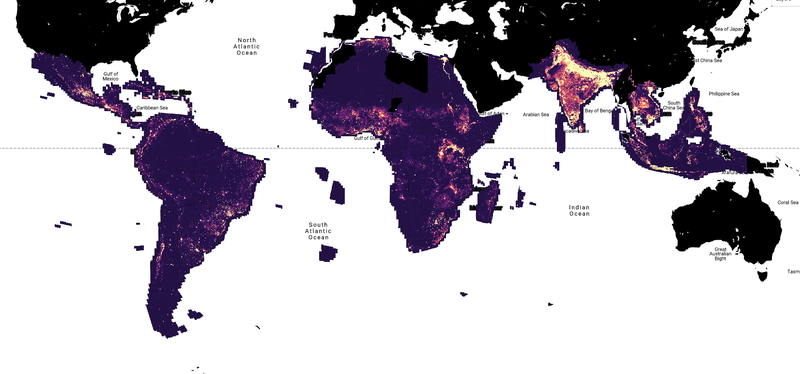In a significant move toward digital asset reform, the U.S. House Committee on Financial Services released a discussion draft on May 5, 2025, that aims to reshape the landscape for cryptocurrencies and tokenized assets. The bill—still in its early stages—seeks to create a formal market structure for digital assets, providing long-awaited clarity for developers, investors, and institutions navigating the evolving world of blockchain finance.
Why This Bill Matters
For years, U.S. regulators have struggled with how to classify and govern digital assets. The lack of clear rules has led to uncertainty, litigation, and slowed innovation in blockchain-based financial products. This new draft legislation, proposed by members of the House Financial Services Committee, represents the most comprehensive federal effort to date to address that regulatory gap.
The bill seeks to:
-
Define categories for digital assets and distinguish between digital commodities, securities, and payment tokens.
-
Clarify the roles of key regulatory bodies such as the SEC (Securities and Exchange Commission) and CFTC (Commodity Futures Trading Commission).
-
Set licensing requirements for trading platforms, custodians, and intermediaries dealing with tokenized assets.
-
Introduce mandatory disclosures and risk controls for token issuers.
According to legal experts at Cahill Gordon & Reindel LLP, the draft reflects bipartisan momentum toward creating a structured, flexible framework that allows innovation to flourish without sacrificing investor protection.
Implications for the Crypto Industry
This proposed legislation could finally settle ongoing legal battles between digital asset issuers and U.S. regulators—most notably the SEC’s ongoing high-profile cases involving major crypto platforms. If passed, it would offer a predictable environment for DeFi protocols, tokenized real estate platforms, stablecoin providers, and others in the space.
Entrepreneurs and investors could benefit from clear paths to compliance, encouraging greater institutional adoption of blockchain technologies. Moreover, a codified framework could strengthen the U.S.’s position as a global leader in digital finance.
The Road Ahead
Although the draft is still open for comment and subject to significant amendment, its release signals a turning point in how Congress views the digital asset ecosystem. Hearings, debates, and revisions are expected throughout 2025, with lobbying efforts from crypto industry groups and traditional financial institutions alike likely to influence the bill’s final form.
The move also aligns with global trends, as the European Union’s Markets in Crypto-Assets Regulation (MiCA) comes into effect and countries like the UAE and Singapore continue refining their digital asset policies.
Ultimately, the bill’s progress will determine how accessible and secure the U.S. digital asset market becomes for both innovators and consumers. And while regulatory clarity won’t come overnight, this is a clear step toward a more mature and resilient digital financial system.




